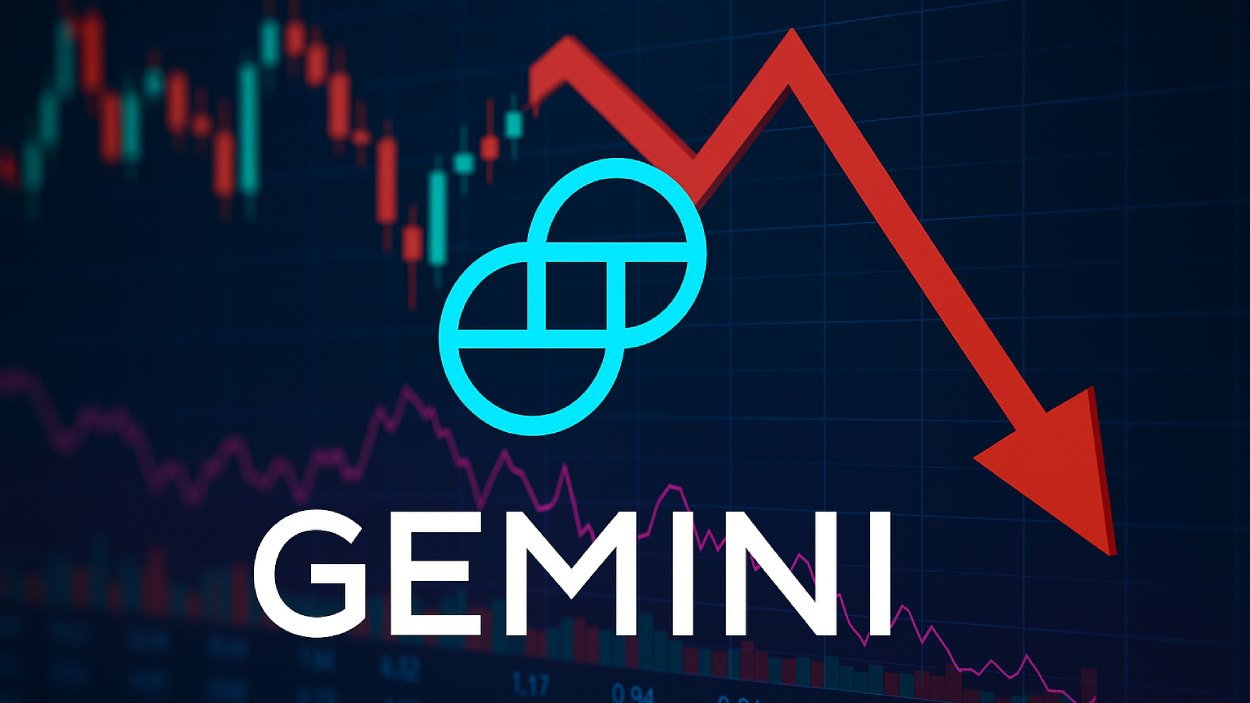Imagine a world where financial titans orchestrate billion-dollar deals, shaping the global economy. This is the realm of investment banking, a dynamic industry that continuously evolves to meet the complexities of modern finance. The sector is brimming with fresh challenges and opportunities, making it a pivotal moment to explore its growth, trends, and future trajectory.
Editor’s Choice
- M&A activity globally is expected to grow 15% in 2025 despite volumes falling 9% in H1.
- Green and sustainable finance deals increased 35% year over year, continuing the shift toward ESG priorities.
- Private equity fundraising in 2025 is estimated to exceed $1 trillion, with technology remaining among the top sectors.
- Investment banking fees from IPO underwriting are expected to rise 13% in 2025, driven by renewed equity market activity.
- The United States still commands a dominant share, contributing over 45% of global investment banking revenues in 2025.
- Emerging markets in the Asia‑Pacific are forecasted to grow at an 8.2% CAGR over 2025–2030, reinforcing rising influence.
Global Investment Banking Market Growth
- In 2025, the market size is projected to reach $150.49 billion, highlighting renewed demand for advisory and capital-raising services.
- By 2029, the market is expected to expand to $202.06 billion, driven by M&A activity and sustainable finance mandates.
- The industry is forecasted to grow at a CAGR of 7.6%, signaling strong momentum in global financial services.

Market Segments and Insights
- M&A advisory services now account for about 38% of investment banking revenues in 2025, reflecting sustained demand for strategic advisory services.
- The IPO market rebounded with global proceeds reaching $75 billion in 2025, up from earlier years.
- The fixed-income trading segment generated revenues of around $45 billion in 2025, marking a ~10% year‑on‑year increase.
- Technology‑focused IPOs made up 38% of total IPO proceeds in 2025, evidencing tech’s continued dominance.
- Healthcare deals comprised 22% of M&A transactions in 2025, highlighting the sector’s attractiveness.
- Boutique investment banks captured about 17% of global investment banking fees in 2025 as clients sought specialized expertise.
- The structured finance market expanded by 14% in 2025, driven by elevated demand for mortgage‑backed and asset‑backed securities.
Leading Market Players and Competitive Landscape
- JPMorgan Chase remains the leader in 2025, generating $5.5 billion in advisory and underwriting fees.
- Goldman Sachs saw investment banking fee growth of 26% in 2025, pushing its revenues to $5.0 billion.
- Europe’s major banks, like Barclays, posted $1.7 billion in combined investment banking revenues in H1 2025.
- Morgan Stanley held ~15% market share in IPO underwriting in 2025, driven by deals in tech and healthcare.
- Boutique investment banks captured about 17% of global IB fees in 2025 as clients favored specialized expertise.
- Asia‑Pacific firms such as CICC posted revenue growth of ~20% in 2025, benefiting from strength in Chinese markets.
- ESG‑focused advisory services generated $4.5 billion in fees in 2025 as sustainability mandates gained prominence.
Investment Banking Market by Client Type
- Large Enterprises dominate with 74.7% of the market share, highlighting their reliance on investment banks for large-scale M&A, capital raising, and advisory services.
- Small and Medium-sized Enterprises (SMEs) hold 25.3% of the market, showing steady growth as more mid-sized firms seek investment banking support to expand and access capital.

Trends and Innovations
- The adoption of AI in deal sourcing and analysis is projected to grow 30% in 2025, enabling faster and more precise processes.
- Investment banks leveraging blockchain technology aim to reduce settlement costs by 20% in 2025.
- Decentralized finance (DeFi) is expected to challenge traditional banking in 2025, offering faster, lower‑cost alternatives.
- Green bond issuances are projected to reach $673 billion in 2025, reflecting continued growth in green finance.
- Digital banking platforms will see increased investment with major banks partnering with fintechs to boost customer experience in 2025.
- Virtual deal rooms using secure cloud tech are predicted to handle over 50% of M&A deals in 2025.
- Diversity and inclusion initiatives aim for 30% female representation in leadership roles at banks in 2025.
Regional Market Analysis
- North America remains the largest investment banking market, contributing over $52 billion in 2025.
- The Asia‑Pacific region saw revenues of about $24 billion in 2025, driven by strong performances in China and India.
- European markets generated around $19 billion in 2025, led by sectors like renewable energy and pharmaceuticals.

- Middle Eastern banks experienced deal volume growth of ~18% in 2025, benefiting from increased sovereign fund activity.
- The Latin American market grew by ~12% in 2025, with Brazil leading the charge in M&A deals.
- Africa is emerging as a key player with regional investment banking revenues projected to grow at ~6% CAGR from 2025 onward.
- Japan’s market share remained stable in 2025 with continued focus on tech‑driven M&A and debt underwriting services.
Employment Insights: Jobs, Salaries, and Skills
- The investment banking workforce grew by ~4% in 2025, with the United States adding ~22,000 new sector jobs.
- Average annual salaries for junior analysts in the US reached $160,000, up ~15% year‑on‑year.
- M&A‑focused roles saw firms offering ~20% higher compensation to attract top talent in 2025.
- Technology‑driven roles (data analysts, AI specialists) made up ~12% of total investment banking hiring in 2025.
- Women now represent ~30% of leadership positions in investment banking in 2025.
- Investment banks emphasized upskilling, with ~75% of firms offering advanced courses in AI, blockchain, and modeling.
- Demand for multilingual professionals rose by ~25% in 2025, especially in the Asia‑Pacific and Europe.
Top Impacting Factors
- Global interest rate hikes led to a ~10% decline in debt issuance volumes in 2025.
- Technological advancements in AI and blockchain are cutting operational costs by ~22% for major banks in 2025.
- Geopolitical tensions drove a ~7% fall in cross‑border deals in 2025, especially in the Asia‑Pacific.
- ESG focus propelled a ~30% rise in sustainable finance mandates in 2025.
- Private equity and VC contributions account for ~32% of total investment banking revenues in 2025.
- Digital transformation is expected to unlock $18 billion in operational efficiencies in 2025.

Recent Developments
- Global M&A activity rebounded strongly with deal values reaching $2.6 trillion in 2025, fueled by the tech and energy sectors.
- The US IPO market raised over $52.9 billion in 2025, marking its strongest showing since 2021.
- Sustainable bond issuances hit about $262 billion in Q1 2025, reflecting renewed momentum in green finance.
- Blockchain adoption in settlement systems climbed ~30% in 2025, cutting transaction costs and improving efficiency.
- Private equity exits generated roughly $480 billion in 2025, an increase of ~20% year‑on‑year.
- Several investment banks launched digital‑only divisions in 2025, targeting younger clients and slashing costs by ~15%.
- The ESG investment space expanded with assets under management nearing $1.5 trillion in 2025, up ~25% from earlier years.
Frequently Asked Questions (FAQs)
The market was valued at $424.07 billion in 2025.
Global investment banking fees reached $60.5 billion in H1 2025, down 1 % from H1 2024.
It is projected to grow at a CAGR of 7.5% from 2025 to 2032.
The U.S. investment banking market was about $54.74 billion in 2025 and is forecast to reach $66.15 billion by 2030.
Conclusion
The investment banking industry is on a strong footing, shaped by technological innovation, ESG priorities, and regional growth opportunities. While challenges such as regulatory pressures and geopolitical tensions persist, the sector’s resilience and adaptability continue to drive its evolution. From a growing emphasis on sustainable finance to the rise of digital transformation, investment banks are redefining their roles in the global economy. As we progress through the year, the focus on innovation and inclusivity promises a dynamic and transformative future for the industry.
Hover or focus to see the definition of the term.


























































